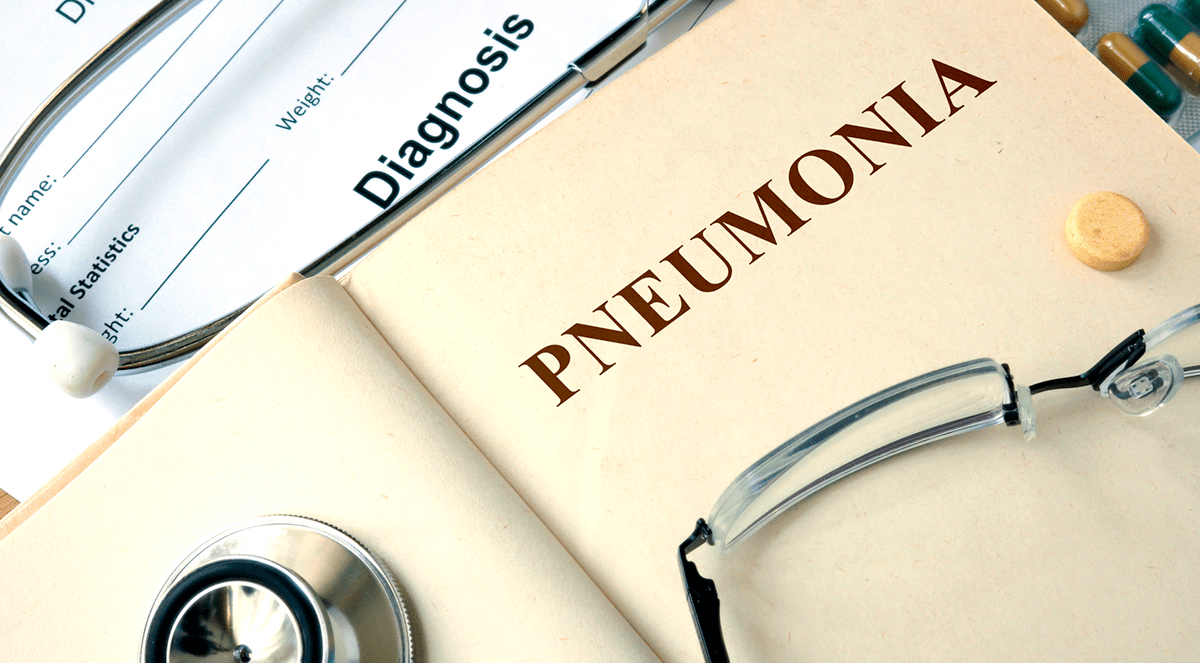Hospital-acquired pneumonia (HAP) and ventilator-associated pneumonia (VAP) are estimated to account for 20% to 25% of all hospital-acquired infections, and about 10% to 15% of these cases are fatal. In 2005, the Infectious Diseases Society of America (IDSA) and the American Thoracic Society (ATS) published a guideline on the management of adults with HAP and VAP (HAP/VAP). Knowledge regarding the diagnosis and treatment of HAP/VAP evolved and changed substantially in the 11 years following the release of this guideline, according to Andre C. Kalil, MD, MPH. As a result of these recent advancements, the IDSA and ATS updated their recommendations (Table) and published them in Clinical Infectious Disease.
Key Updates
For many years, antibiotic therapy courses were administered for 14 to 21 days, explains Dr. Kalil. “Duration of treatment varied greatly in the past because there was little evidence to delineate the optimal length of therapy in patients with HAP/VAP,” he says. “When the guideline panel pulled together a systematic review of the research from the last 10 to 15 years, it became evident that these patients can be treated effectively and safely with a shorter, 7-day course of antibiotic therapy. Most patients can clear the infection in the way we would expect. Some patients may require an even shorter course, whereas others may require a longer course. This variation depends on the improvement of clinical, radiologic, and laboratory parameters. That said, the consensus among the panelists is that 7 days should be the generally recommended course of therapy for patients with HAP/VAP.”
Dr. Kalil also notes that a 7-day course provides similar efficacy to a 10- or 14-day course while exposing patients to fewer unnecessary antibiotics as well as drug side effects. In addition, this shorter course can reduce risks for the development of Clostridium difficile colitis or diarrhea and bacterial resistance problems that can result from prolonged antibiotic exposure. The administration of fewer antibiotics may also result in lower costs.
The updated IDSA/ATS guideline also recommends that every institution develop their own antibiogram as a systematic approach to understanding which microorganisms are the most prevalent in their hospital, ICU, ward, or any other site in which patients are admitted and could potentially develop HAP/VAP. “When clinicians are provided with their own specific antibiogram on a regular basis, they have a much higher probability of treating these infections with the appropriate antibiotic,” says Dr. Kalil. “Microbiology culture results typically take a couple days to be returned. Knowing the bacterial flora that live in a unit or hospital allows empirical treatment to be more accurate.”
Wide-Ranging Benefits
Dr. Kalil says it is important to note that the IDSA/ATS recommendations were written in a way to purposely give clinicians room to be flexible. Medical decisions at the bedside have individual needs and vary from patient to patient. “We didn’t intend these recommendations to be prescriptive or rigidly followed,” Dr. Kalil says. “Instead, the intent is to provide a general approach that we believe can benefit most patients but still leaves room for the clinician to address individual needs of patients with HAP/VAP.”
The IDSA/ATS writing group hopes that adherence with the updated guideline recommendations will help clinicians improve how they care for their patients with HAP/VAP infections. “We provide guidance to improve patient care on an individual basis,” says Dr. Kalil. “In addition, the hope is that they will benefit institutions throughout the United States by reducing the use of unnecessary antibiotics and reducing antibacterial resistance. Implementing these recommendations may help us accomplish these goals.”



 PhysWeekly
PhysWeekly